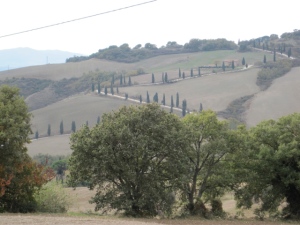We must think of ways to make ourselves as comfortable as possible on flights these days, because the airlines won’t do it for us. And when I say airlines, I don’t mean the attendants. Attendants on our flights last year, including Delta/KLM to Amsterdam, Air France from Paris, and Southwest to or from anywhere (I love Southwest), were all competent, friendly and professional; it isn’t there fault that American didn’t offer even a pretzel on our flight to Chicago – not one, tiny pretzel.
So, on the flights for our garden tours this year (Northeast gardens, May 14-22; northern France and Paris, June 19-30), we must do what we can for ourselves. When I fly, I try to keep food, drink, and entertainment self-contained, because I don’t want to end up climbing on someone’s head just to get to my bag out of the overhead compartment (and I hope you won’t do that to me).
Because my entertainment options are limited and, probably to most, archaic, I’ll just say that I’ve got my (older generation) iPod loaded with an audio book, and an actual paperback book that will fit in my purse. (I confess to asking Leighton to take anything heavier in his carryon).
A bottle of water is essential (bought as soon as I get through security). Yes, they will offer water on the plane, but it’s a small thing to carry … just in case.
Overseas flights still offer food, which I believe is more to keep us occupied than anything else, but even on long flights I take along a chocolate bar or two for us, plus a bag of toasted almonds/dried cranberries. I wish I could pop a few protein bars in my purse, but I am allergic to all nuts except almonds, and I am also allergic to peanuts; so far I haven’t seen a protein bar that wasn’t full of peanut butter or walnuts. Feel free to recommend a brand that suits my needs.
Dear airlines: look out. When Southwest begins flying overseas (I’ve heard this is a possibility), I will be first in line – OK, maybe not the very first, but I will pay for Early Bird check-in and be in the A line for sure) even if I have to pack my own fried chicken and potato salad for nine-hour flight.













